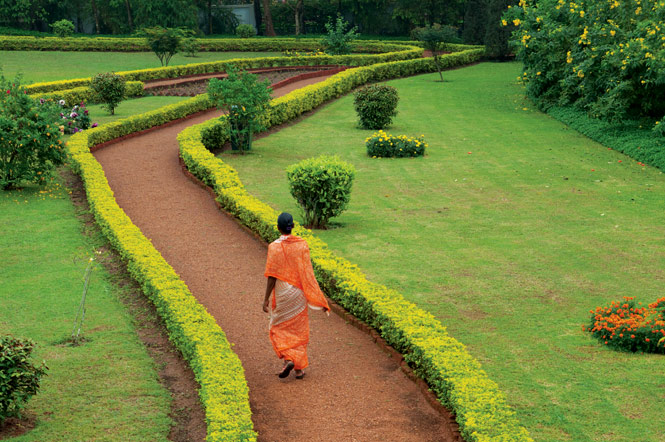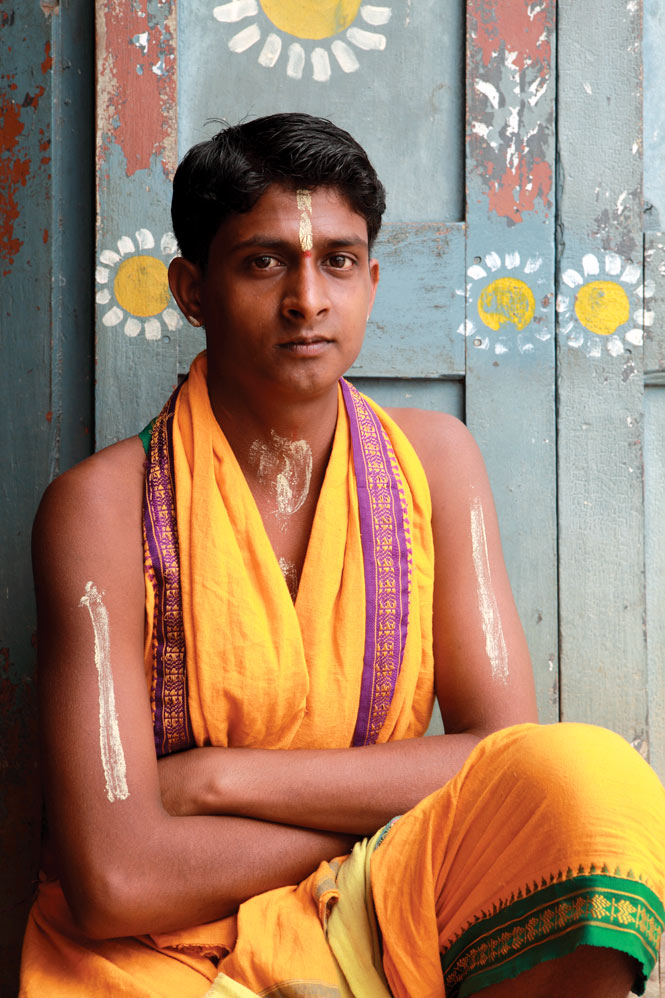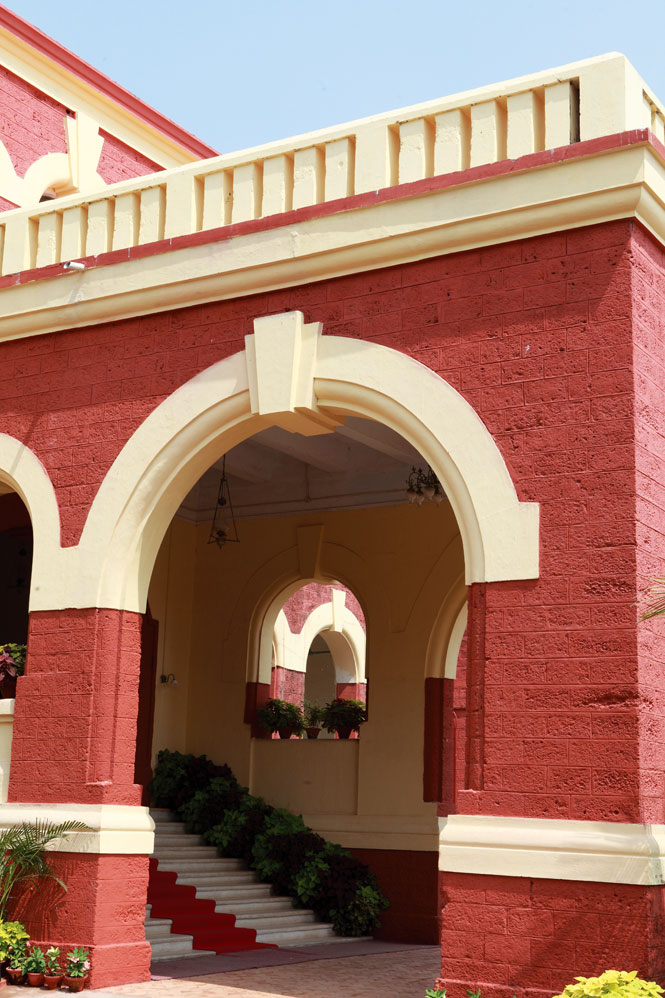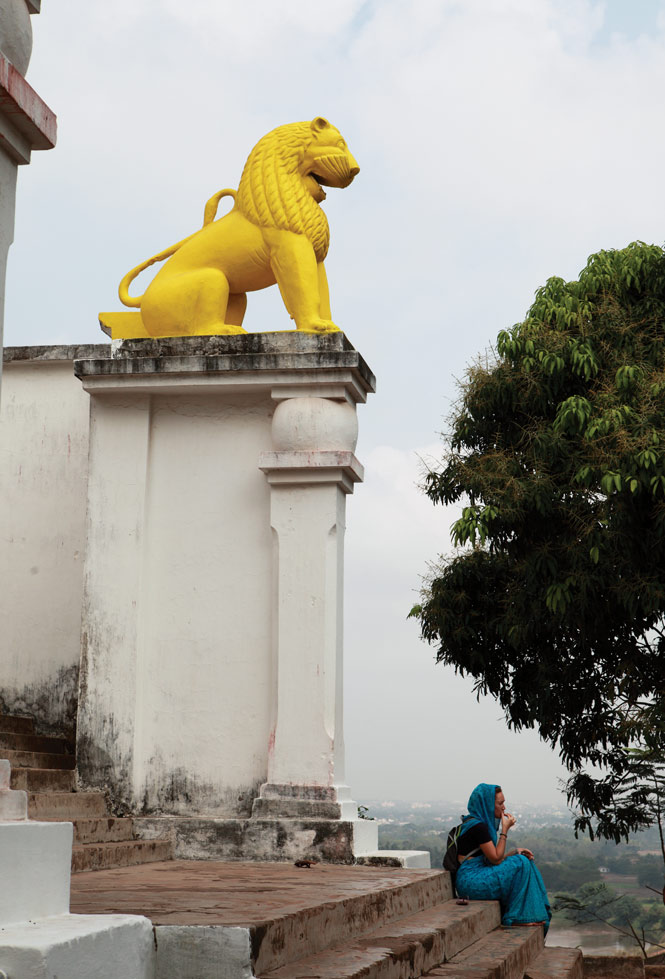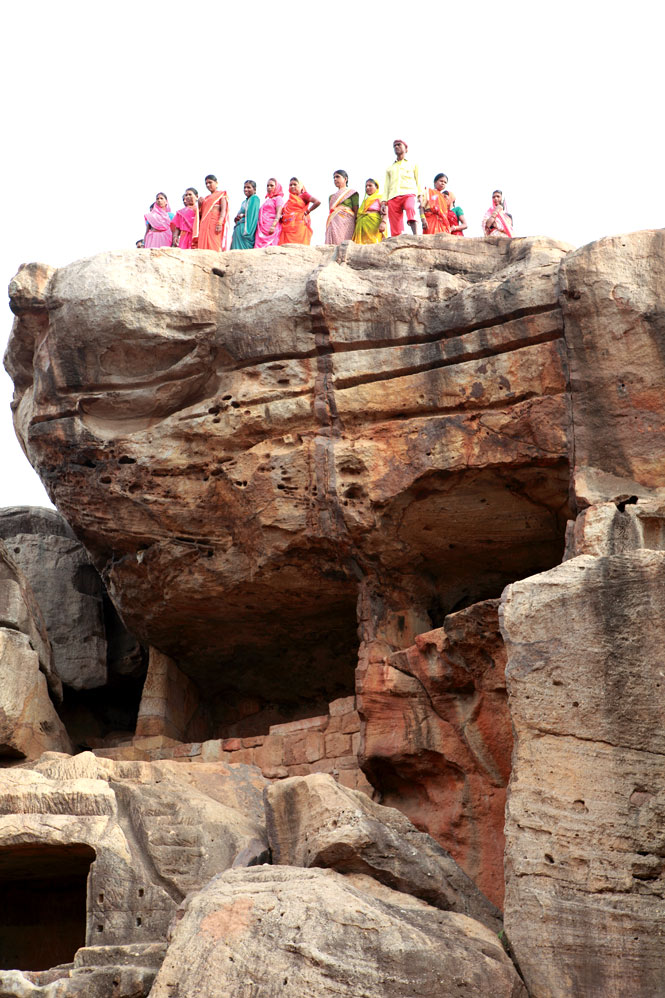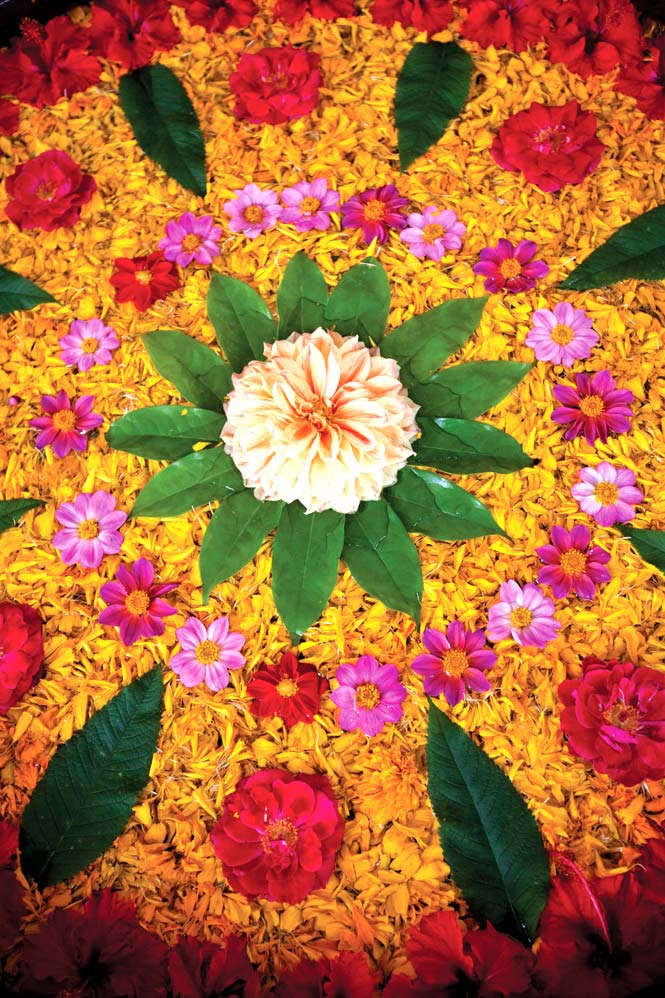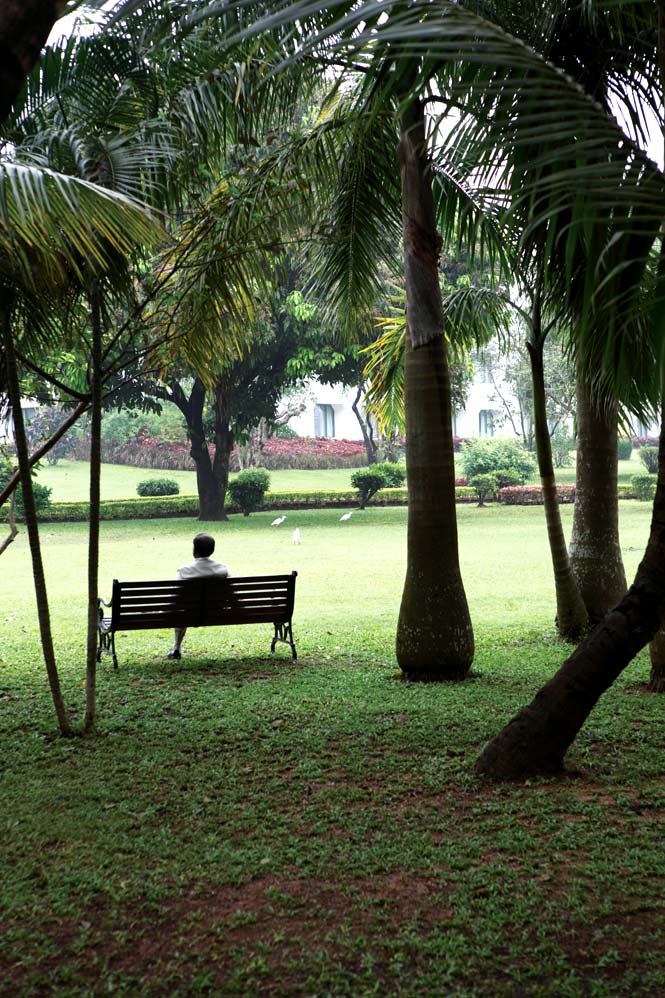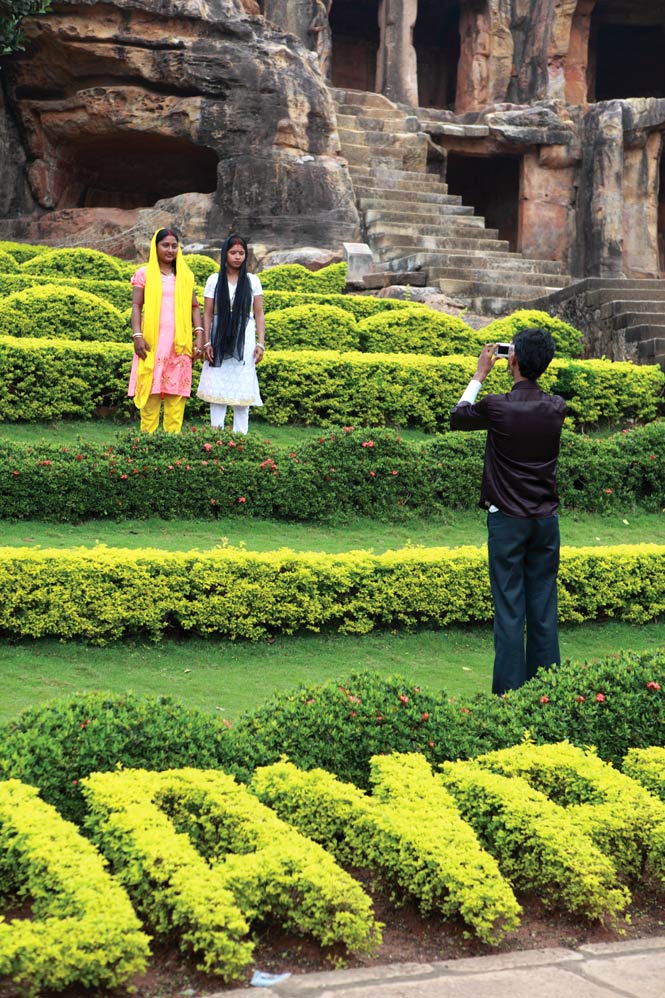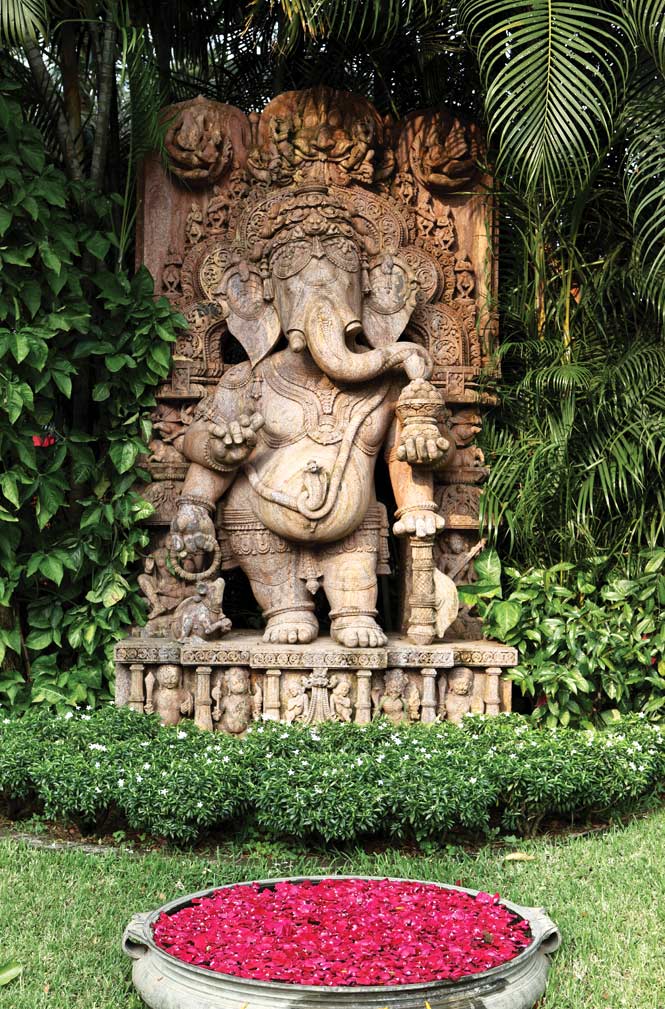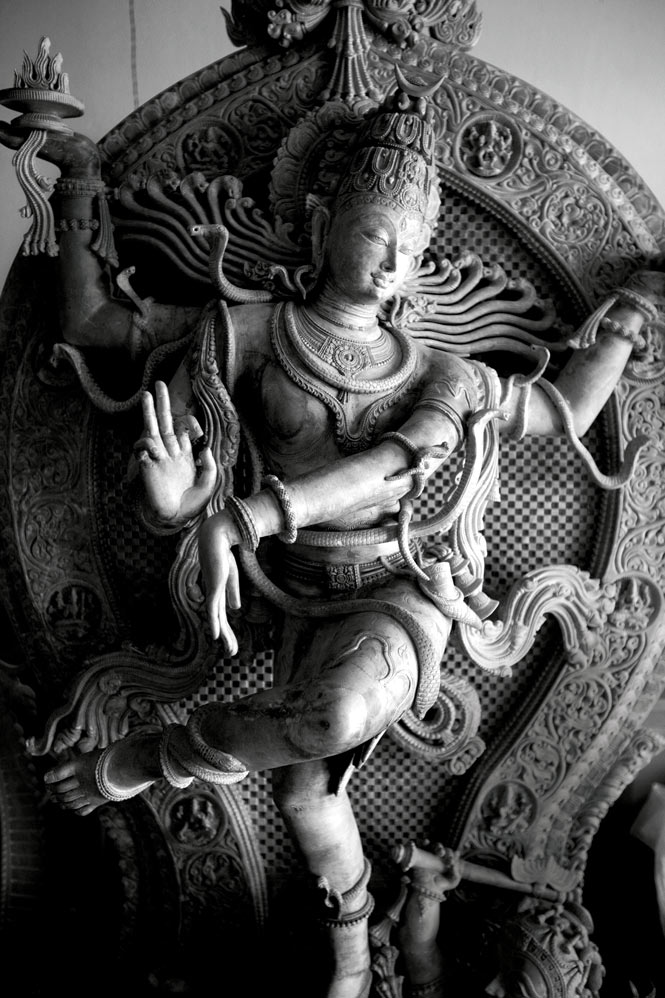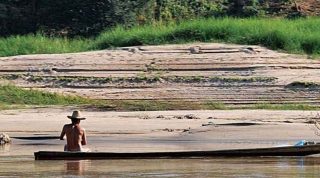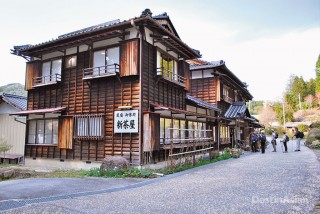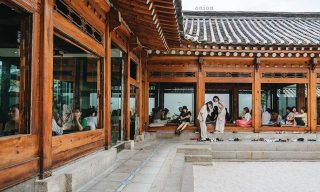Home to a civilization that dates back some 5,000 years, Orissa hardly figures in most Western chronicles of India. Its most significant role in the subcontinent’s history is perhaps as the site of the Kalinga War of 261 B.C., a conflict so bloody that it prompted the victorious Mauryan emperor Ashoka to renounce violence and convert to Buddhism, a religion he subsequently spread across Asia. But comparatively few visitors to the state explore the Buddhist ruins at Lalitgiri and Ratnagiri, let alone the hill-dwelling tribal communities that constitute India’s largest aboriginal population. Instead, they focus on Bhubaneswar’s Lingaraj Temple, Konark’s World Heritage–listed Sun Temple, and Puri’s Jagannath Temple, one of the four holy places on the char dham pilgrimage circuit that every Hindu hopes to visit at least once in a lifetime.
In Delhi, my home for the past decade, Orissa (officially spelled Odisha) is known as one of the country’s poorest states. Its vast mineral resources—iron and bauxite, predominantly—have in recent years attracted some of the world’s largest mining and steel companies, including South Korea’s Posco. Yet the promise of economic development has stagnated with the government’s inability to convince or coerce the tribes of places like the ore-rich Niyamgiri Hills to turn over their ancestral lands. And the darker corners of the state have been caught up in the simmering Maoist insurgency that cuts a “red corridor” across eastern India, from Bihar to Tamil Nadu.
On my visit, however, the flip side of Orissa’s reputation—the efficiency of its administration under Chief Minister Naveen Patnaik, one of India’s more dynamic politicians—is more evident. Admittedly, I haven’t come here to inspect Bhubaneswar’s slums. But its wide roads and orderly intersections, so unlike the teeming warrens of other Indian cities with far better public images, such as Bangalore, testify to at least some of the state’s mining revenue being put to good use. New office buildings, residences, and hotels are sprouting almost everywhere, and the road to the airport (itself in the midst of an upgrade) is being widened into a four-lane divided avenue.

